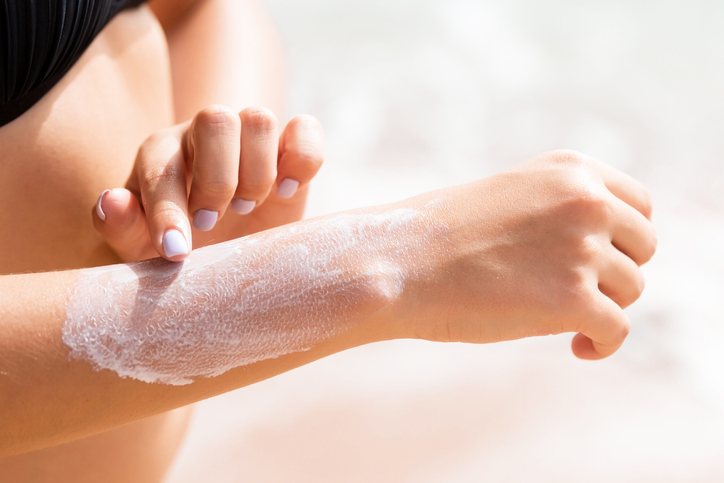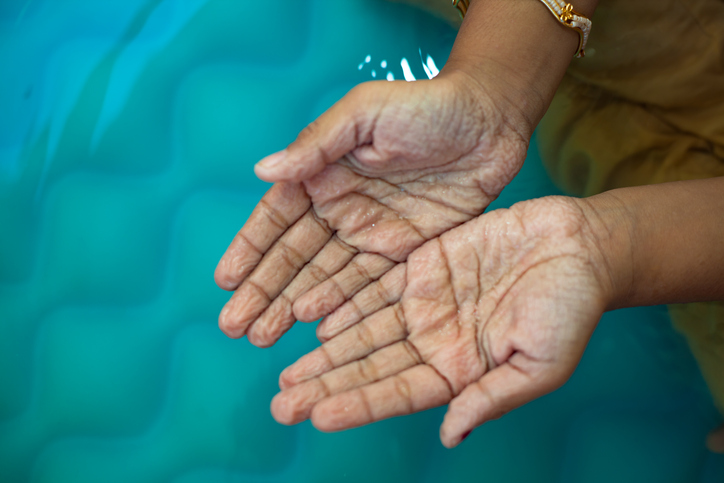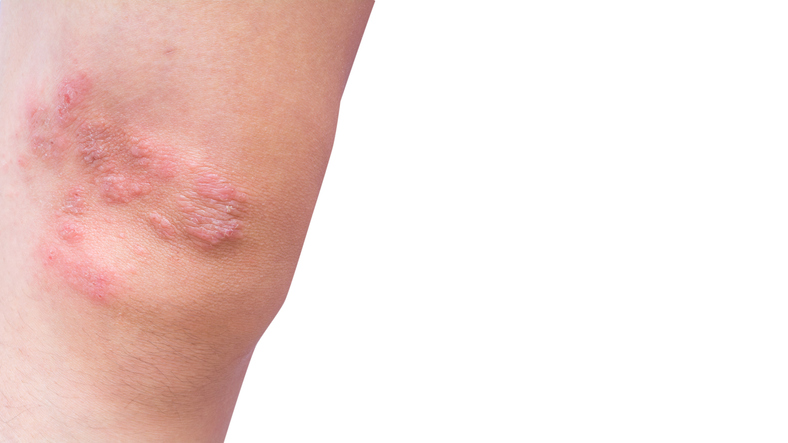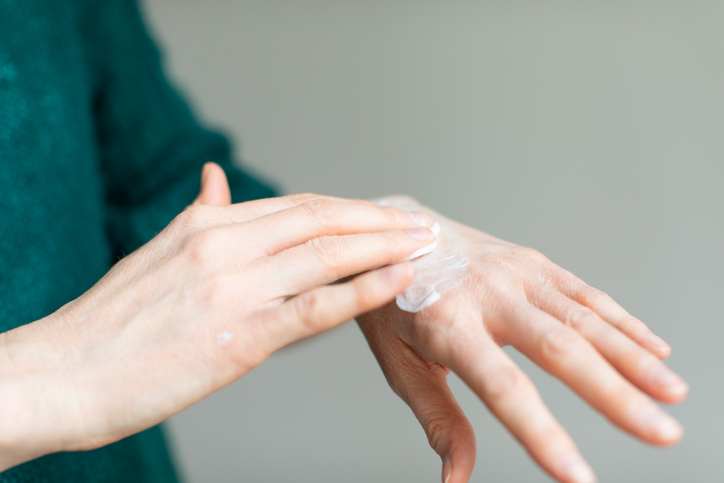Pain
At-Home Treatments for Scleroderma

What is scleroderma?
Scleroderma is an autoimmune condition that involves hardening and tightening of the skin and connective tissues. There are two main types of scleroderma: localized and systemic. Localized scleroderma usually affects the skin only. Systemic scleroderma affects the skin, underlying connective tissues, or major organs.
At-home treatments
In addition to conventional medical treatments for scleroderma, at-home treatments can also reduce symptoms. At-home treatment options include taking over-the-counter medications, protecting the skin, protecting the body from cold, staying physically active, adjusting the diet, and managing stress.
Over-the-counter medications
Various over-the-counter medications can be used to relieve specific symptoms of scleroderma:
- Proton pump inhibitors, such as omeprazole, can help relieve gastroesophageal reflux disease.
- H-2 blockers, such as ranitidine or famotidine, reduce stomach acid.
- Antacids, such as calcium carbonate and magnesium hydroxide, can help relieve heartburn.
- Constipation medications, such as polyethylene glycol, docusate sodium, or bisacodyl, can help ease constipation.
- Diarrhea medications, such as bismuth subsalicylate or loperamide, can help ease diarrhea.
- NSAIDs, such as naproxen sodium, ibuprofen, and other NSAIDs, can reduce inflammation and pain.
- Acetaminophen can help relieve pain.
- Topical treatments, such as camphor or menthol, can help with itching.
- Dry mouth treatments, such as carboxymethyl cellulose or hydroxyethyl cellulose, can help moisten the mouth.
- Dry eye treatments, such as artificial teardrops, help to keep the eyes moistened.
Skin protection
Scleroderma causes patches of dry and stiff skin. The following tips can help reduce dryness and stiffness:
- Use lotion and apply sunscreen regularly.
- Avoid harsh soaps and chemicals.
- Use a humidifier to keep air moist.
- Soak in warm water to reduce calcium deposits beneath the skin.
Cold protection
Raynaud’s is a frequently observed symptom of scleroderma; it involves decreased blood flow to the extremities in response to cold. There are several approaches to managing Raynaud’s:
- Keep the body warm in cold temperatures and avoid tight clothing to allow for proper blood circulation to extremities.
- Dress in several warm layers in cold temperatures.
- Wear mittens and cover the face in cold weather.
Physical activity
Staying active can improve circulation and keep the joints and skin flexible. Activities to try include the following:
- Walking helps improve or maintain circulation and heart health.
- Practicing yoga helps stretch the joints and skin.
Diet
Scleroderma frequently affects the gastrointestinal system and can cause weakness in the esophagus, stomach and intestines. This can make it harder to digest food. The following tips can help reduce digestive systems:
- Avoid foods that cause heartburn or gastroesophageal reflux disease.
- Drink plenty of water. Water can also be used to soften food when it is difficult to swallow.
- Eat frequent meals as this can make it easier for the body to digest food.
- Eat high fiber foods to help reduce constipation.
Dental care
Dental care is extremely important for individuals with scleroderma as it increases the risk of tooth decay and cavities.
- If possible, visit the dentist at least once every 3 months.
- Brush and floss teeth routinely and thoroughly.
- Use products to prevent dry mouth.
For more information on scleroderma and dental care, visit the Scleroderma Foundation.
Stress management
Stress can increase inflammation in the body. Some tips for minimizing stress include the following:
- Activity pacing
Prioritizing activities and paying attention to what activities are especially draining can help ease stress. - Building a support system
Positive people, in-person support groups, and virtual (online) support groups may be helpful. - Getting enough sleep
Inadequate sleep can increase inflammation. Poor sleep at night also tends to exacerbate pain levels the next day.















